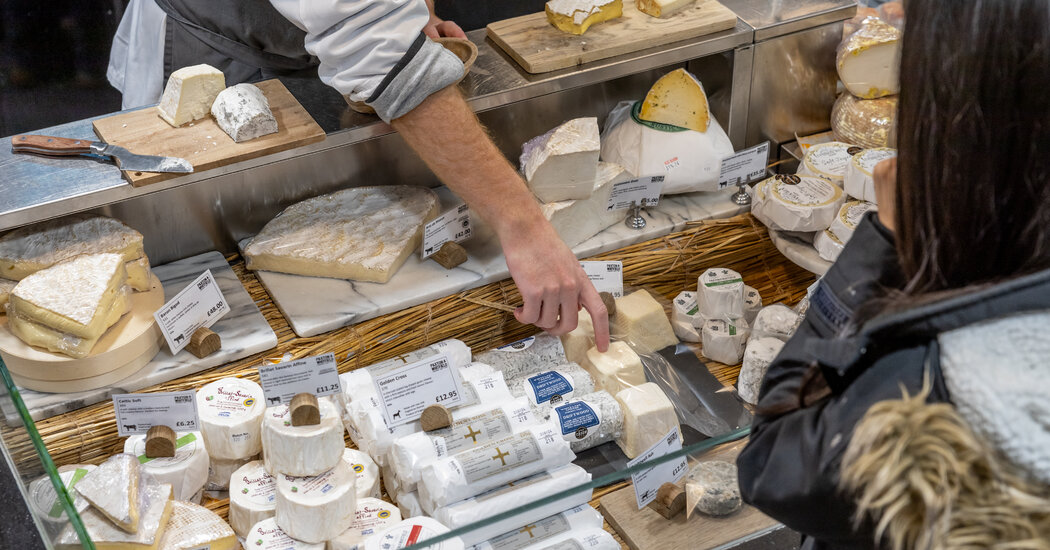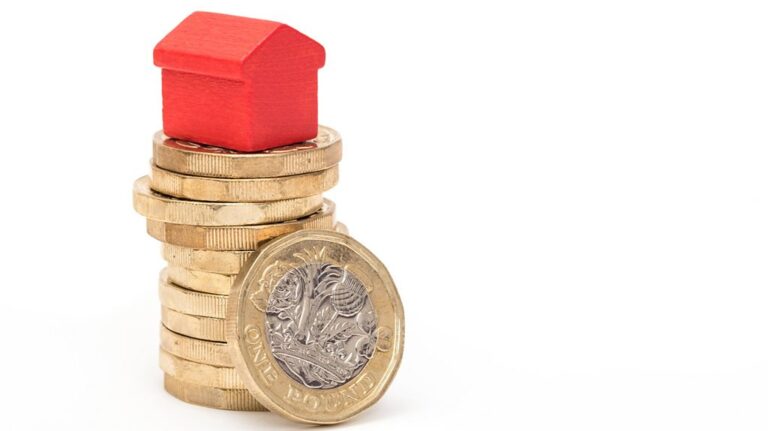President Trump on Thursday ordered his advisers to determine new tariff rates on America’s trading partners, a move he said would “correct longstanding imbalances in international trade.” As part of his plan, Mr. Trump has taken aim at the value-added tax, a system used widely in Europe and elsewhere to tax the consumption of goods and services. The president and his team describe the tax as giving other countries an unfair trade advantage over the United States.
What is a value-added tax?
It’s a consumption tax that adds tax on a good or service at each stage of production. The final VAT is the sum of the tax paid at each stage. This system is unlike a sales tax in the United States, which is imposed by states on the final sale of the good.
In Europe, VAT rates vary by country, but on average are about 20 percent, far higher than state sales taxes in the United States, which averaged 6.6 percent in 2023, according to Tax Foundation.
Value-added taxes accumulate through the various stages and are eventually paid by consumers if the good is sold in the country in which it was made.
But if the goods are exported, much of the value-added taxes are given back to the exporter as a rebate. That provides an incentive for businesses to export goods instead of selling in their home market.
From the 1950s through the 1970s, many countries, led by France, started experimenting with value-added taxes. Countries in the European Union were proponents, but VAT taxes have been adopted elsewhere as well, notably in China.
VAT rebates for exporters have helped encourage companies in these countries to export and have made many companies more competitive in global markets.
The United States is an outlier among advanced economies because it does not have a value-added tax. When President Bill Clinton proposed an energy tax in 1991, John Danforth, a powerful Republican senator from Missouri, countered with a value-added tax to help American exporters.
The Republican Party subsequently turned against any new taxes. Mr. Trump suggested on Thursday a new approach: unilaterally raise American tariffs on imports from Europe to offset the benefits that European exporters receive from the continent’s value-added tax rebates.
Although Mr. Trump says that the value-added tax gives international exporters an unfair advantage, US companies do not pay sales tax when they export products abroad, similar to the way that the value-added tax works, said Alan Cole, a senior economist at Tax Foundation in Washington.
Yet the United States has at times also benefited from other countries’ value-added tax rebates. When President Trump raised tariffs on imports from China during his first term, Beijing responded by increasing rebates to its exporters. This allowed the exporters to reduce prices to American buyers, offsetting part of the tariffs and helping Chinese exporters retain a sizable share of the American market.
But there is no guarantee that China will increase the rebates again in response to Mr. Trump’s latest threats. Many in China were unhappy six years ago that Chinese taxpayers were helping to foot the bill for Mr. Trump’s tariffs instead of American consumers.
Source link




